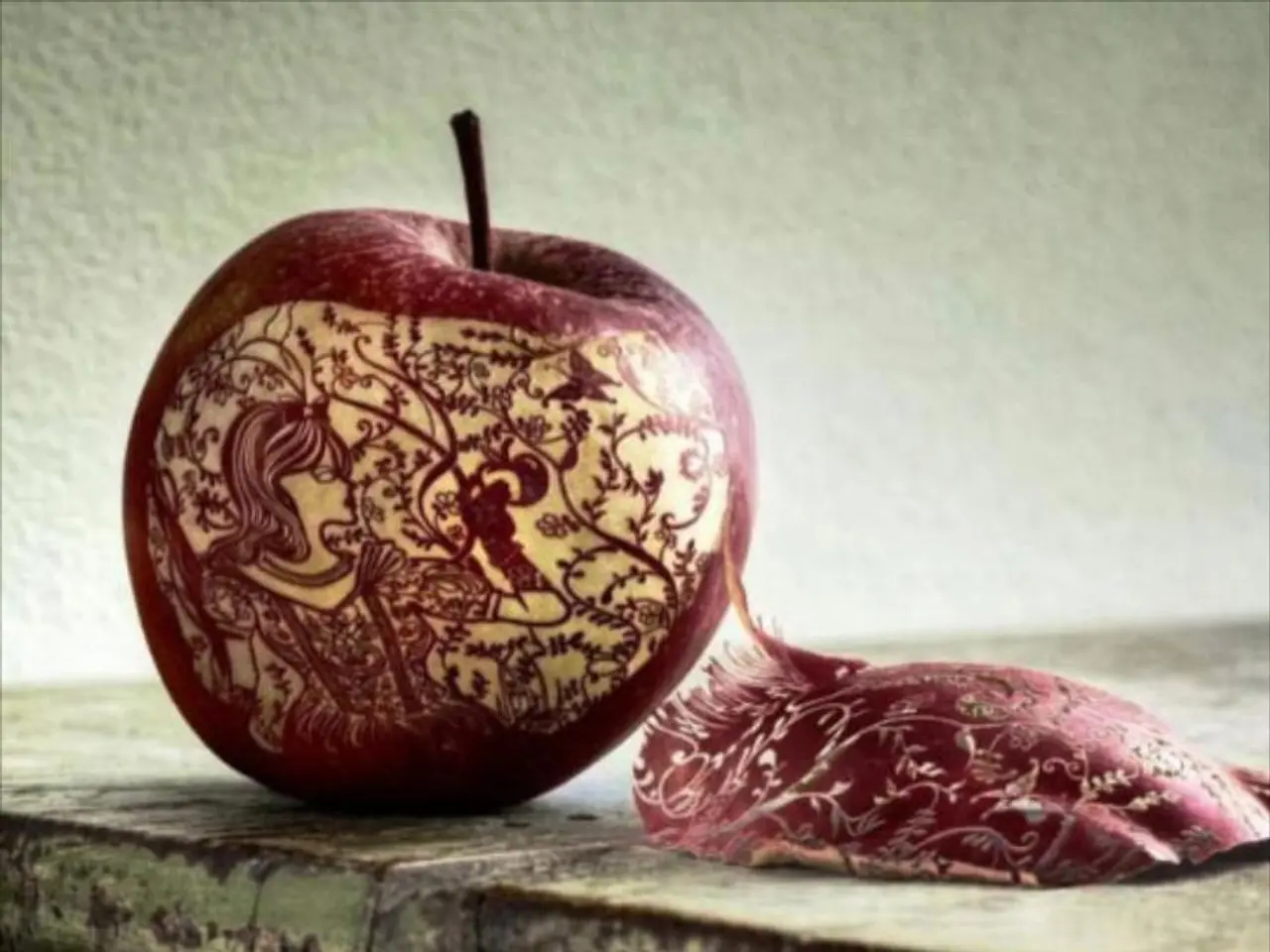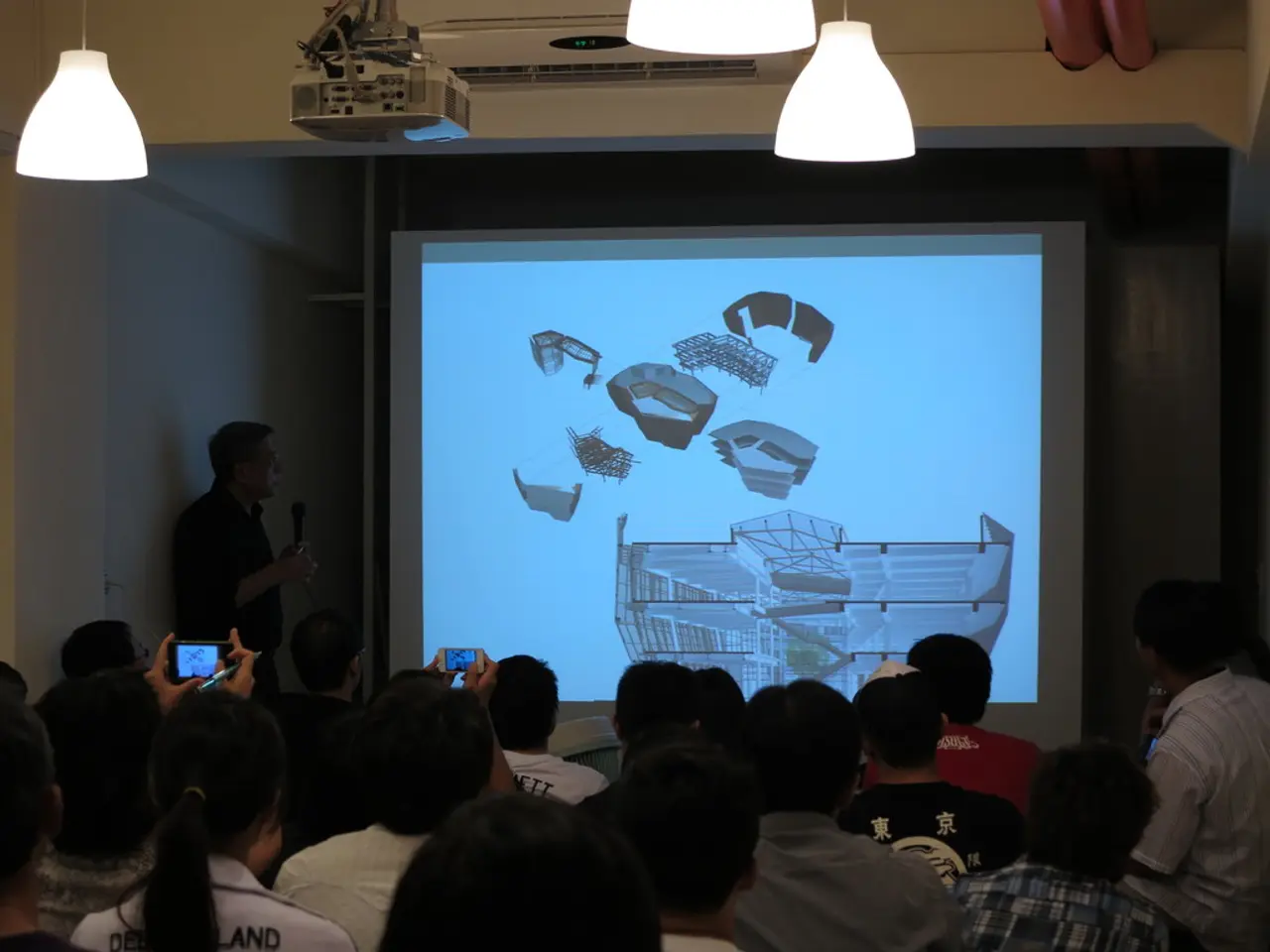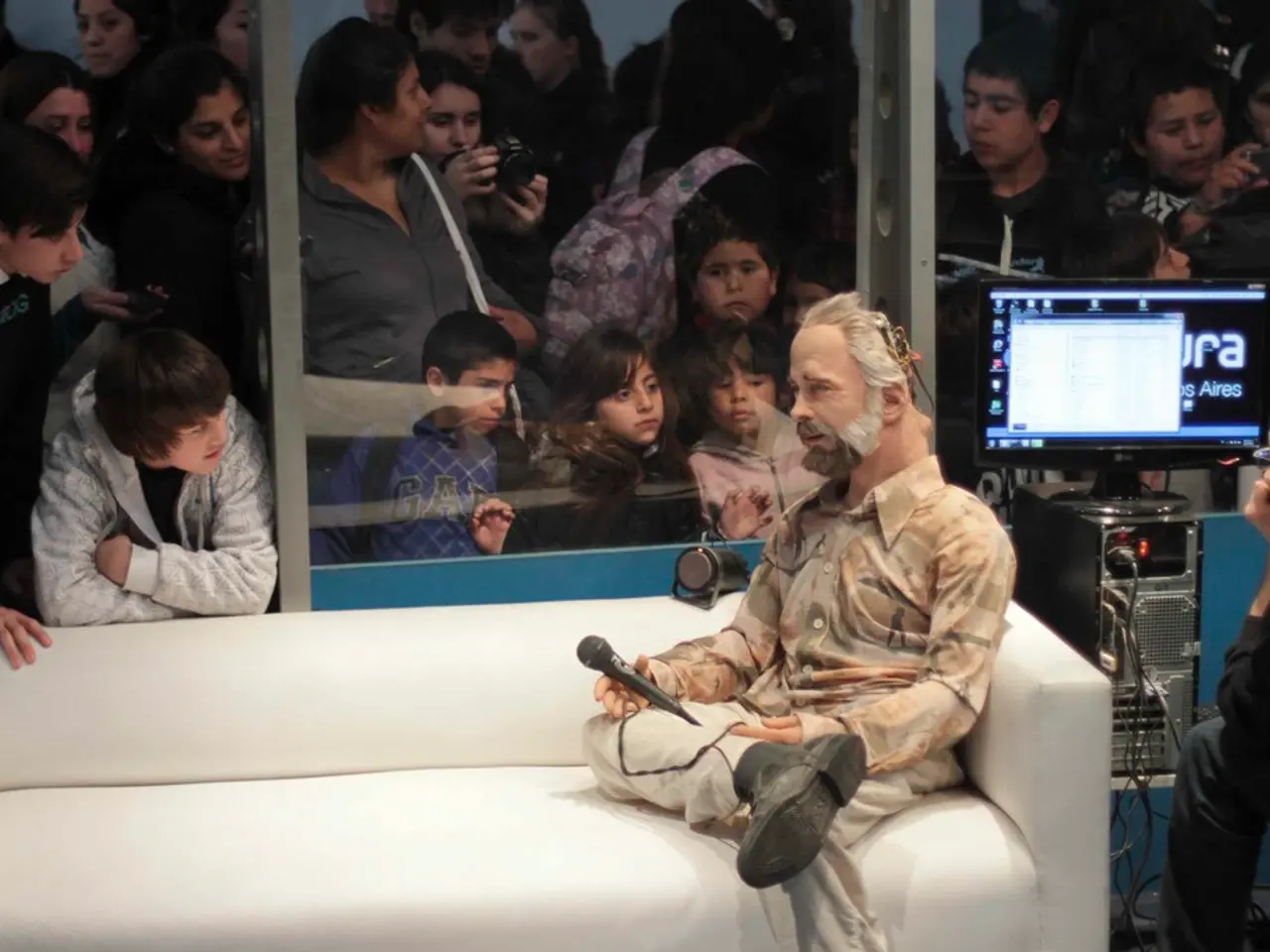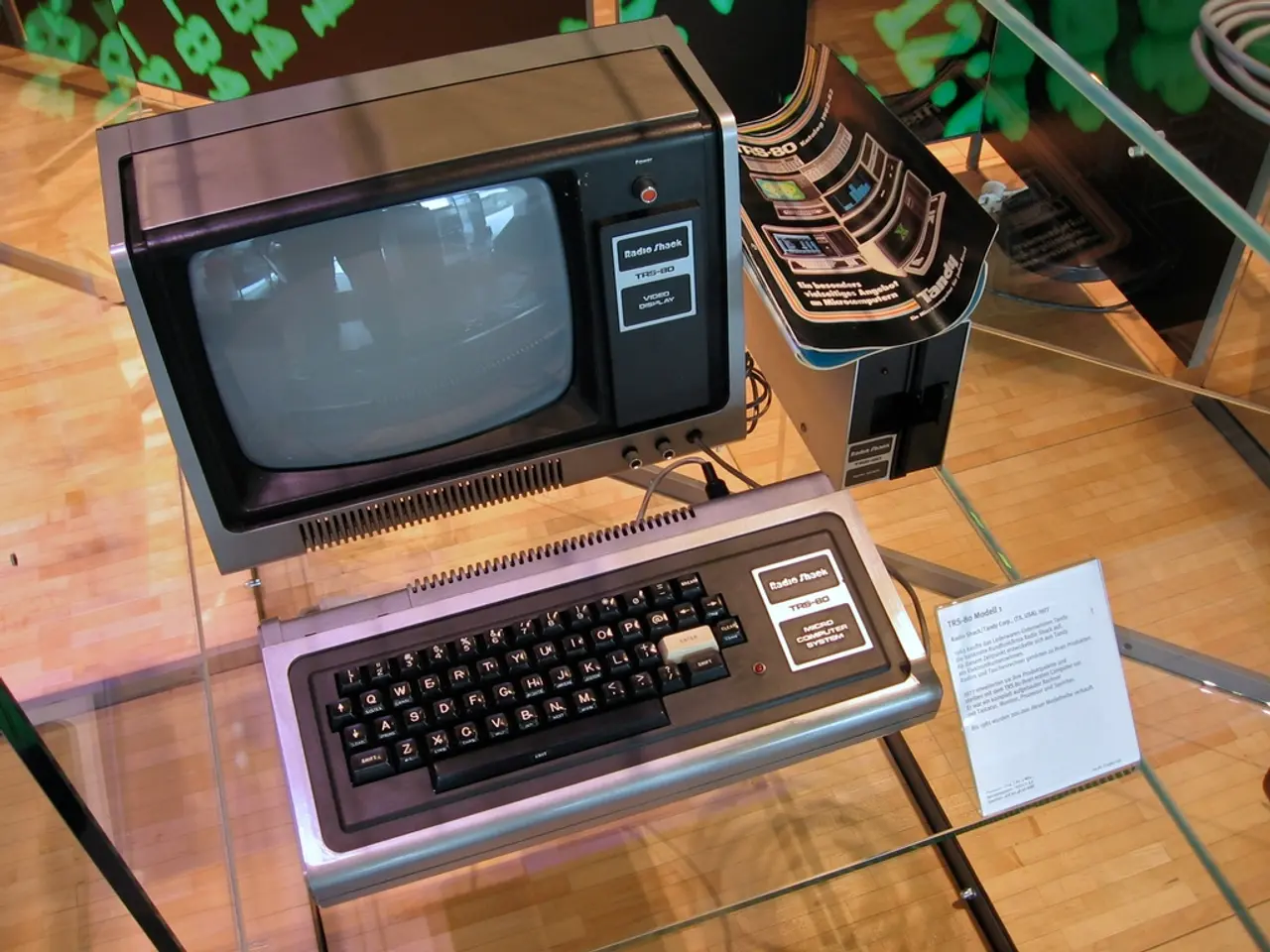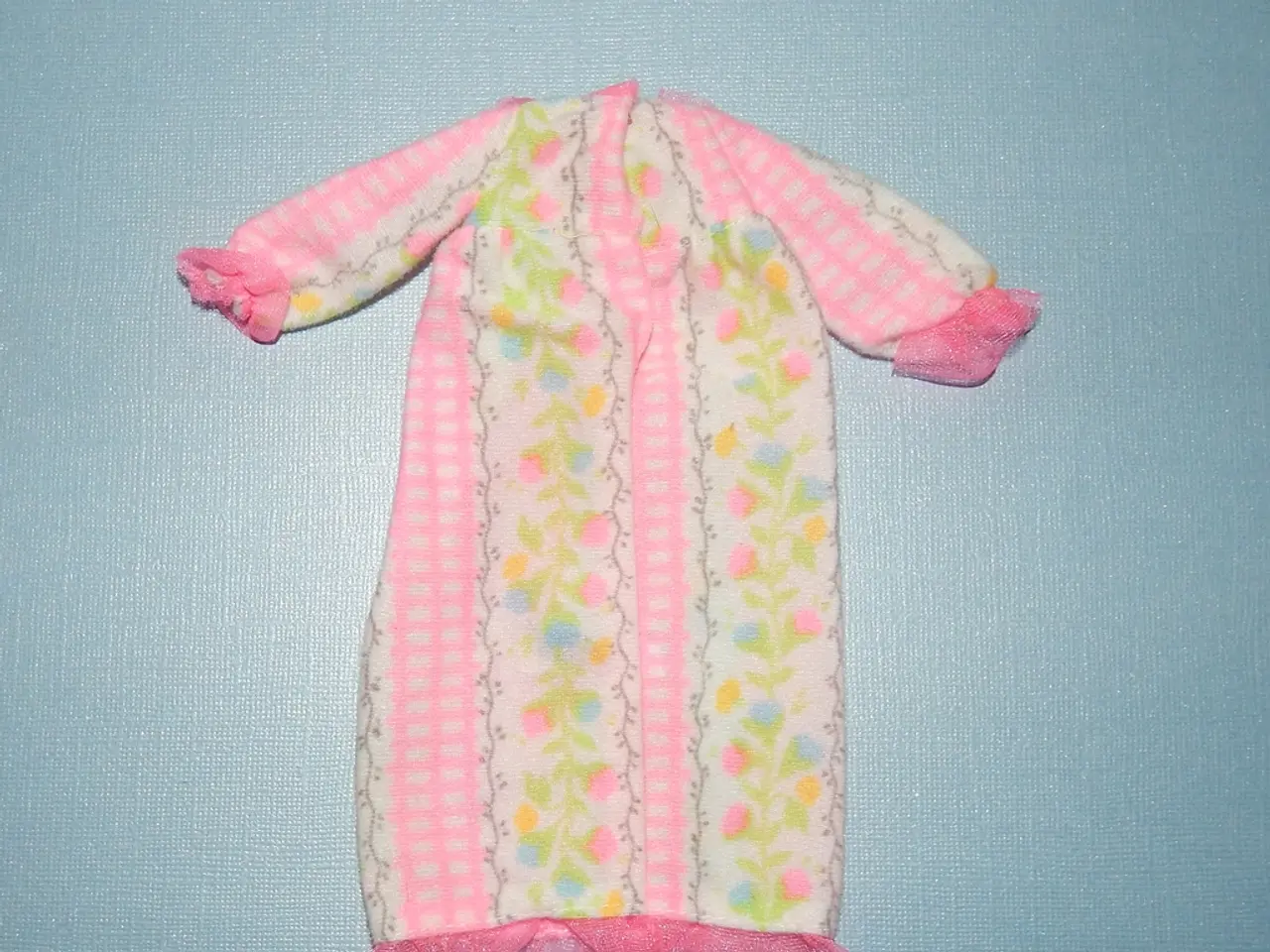Developing User Interfaces through Flat Design Concepts
In the ever-evolving world of web and UX design, flat design continues to dominate as a popular choice for creating intuitive, clutter-free user interfaces. Recently, flat design has seen a surge in advancements and trends that enhance its minimalist aesthetic while addressing functional needs.
**1. Minimalist Aesthetics and Muted Palettes**
Simplified shapes, geometric forms, and muted color schemes are at the heart of flat design. Designers favour clean lines and limited, muted color schemes, with an increasing preference for spacious layouts, which reportedly boost user engagement by up to 45% [1].
**2. Gradients and Layered Textures**
Subtle gradients and layered textures have made a comeback in flat design, offering a way to add depth without cluttering the interface. Around 60% of creatives are integrating these elements to help brands stand out while maintaining a minimalist base [1].
**3. Bold Typography**
Sans-serif fonts and expressive typography are key features of flat design. A survey revealed that 68% of professionals prefer bold, sans-serif typefaces to enhance readability and create a modern vibe [1]. In some applications, strong typography pairs with minimal copy to boost personality and recognition.
**4. Neumorphism and Soft UI (Neumorphism 2.0)**
Neumorphism 2.0 blends elements of skeuomorphism with flat design, creating UI elements that appear extruded or pressed into the background. This trend specifically addresses earlier criticisms of low contrast and unclear interactive cues, aiming for interfaces that are both visually pleasing and usable [2][4].
**5. 3D Elements and Immersive Experiences**
3D elements are being integrated into flat interfaces to create more dynamic and engaging user experiences. Combining 3D with motion graphics for interactive experiences adds further depth and guides users intuitively [4].
**6. Interactivity and Micro-Interactions**
Micro-interactions and voice technology are on the rise, offering new ways for users to interact with digital products. Small, responsive animations and feedback loops are increasingly used to enhance usability and delight users [1].
**7. AI-Driven Personalization**
AI-powered UX design delivers personalized content and navigation, improving engagement and conversion rates. Machine learning algorithms predict user actions, and chatbots provide real-time assistance [4].
**8. Sustainability and Eco-Friendly Practices**
There is a growing focus on eco-friendly digital practices, with brands prioritizing sustainable templates and processes to appeal to conscious consumers.
Flat design's key trends reflect a continued evolution towards minimalism, efficiency, and enhanced user engagement, with new twists that address both aesthetic and functional needs. Whitespace helps create clarity by guiding users between elements in flat design, while these elements also save space by displaying information hierarchically in flat design.
Flat design, which originated in the late 1990s and early 2000s as a reaction to skeuomorphic design, gained widespread popularity with Apple's release of iOS7 in 2013. Designers can use size, color contrast, typography, whitespace, and icons to emphasize key elements in flat design. Microsoft's Fluent Design System, built around flat design principles, has transformed Windows 10 into a user-friendly, visually appealing experience.
Technology advances continue to impact flat design, with subtle gradients and layered textures reintroduced to offer depth without cluttering the interface (Gradients and Layered Textures). Simultaneously, Neumorphism 2.0 merges skeuomorphism with flat design to create more interactive and identifiable user interfaces (Neumorphism and Soft UI).
